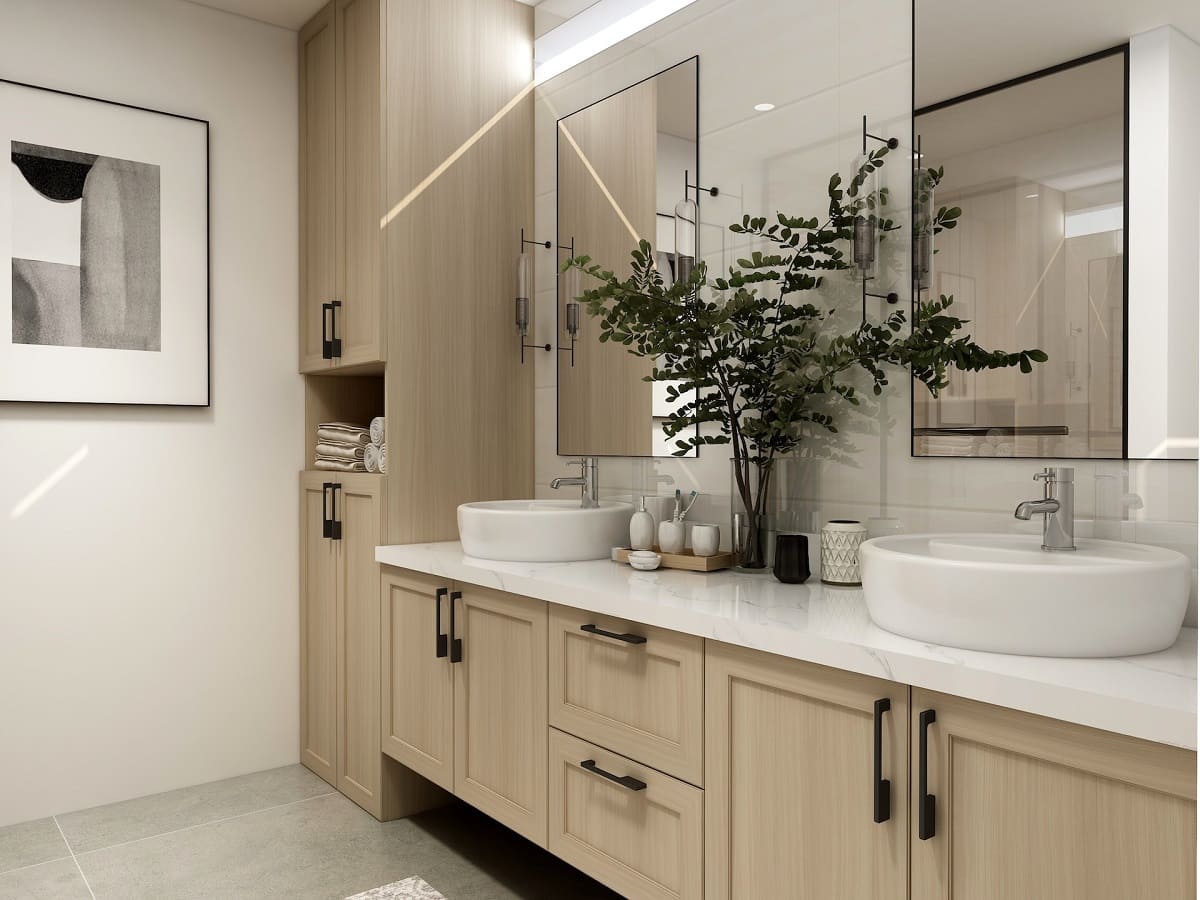

Articles
How To Choose A Bathroom Vanity
Modified: October 27, 2024
Looking for articles on how to choose a bathroom vanity? Check out our expert tips and advice to find the perfect vanity for your bathroom renovation project.
(Many of the links in this article redirect to a specific reviewed product. Your purchase of these products through affiliate links helps to generate commission for Storables.com, at no extra cost. Learn more)
Introduction
Choosing a bathroom vanity may seem like a simple task, but it is an essential decision that can greatly impact the functionality and aesthetics of your space. A bathroom vanity serves as a focal point in the bathroom and provides storage for your essentials. With a wide range of options available in the market, it is crucial to consider various factors before making your final decision. In this article, we will guide you through the process of choosing the perfect bathroom vanity for your needs.
When selecting a bathroom vanity, there are several key aspects to keep in mind. Firstly, consider the size of your space. Measure the available area and determine the layout of your bathroom. This will help you choose a vanity that fits seamlessly into your bathroom without overwhelming or crowding the space. Additionally, consider the location of your plumbing to ensure the vanity you choose is compatible with your existing plumbing infrastructure.
Next, think about your preferred style. There are various design styles to choose from, including traditional, modern, transitional, and contemporary. Each style offers a unique aesthetic, so select one that complements the overall look and feel of your bathroom. Traditional styles boast intricate details and ornate designs, while modern styles feature clean lines and minimalist aesthetics. Transitional styles offer a blend of traditional and modern elements, while contemporary styles showcase cutting-edge designs and materials.
The material of the vanity also plays a significant role in its durability and appearance. Common materials include wood, plywood, MDF, and laminates. Wood provides a classic and timeless appeal, while plywood offers strength and resistance to moisture. MDF is an affordable option that can be easily customized, and laminates provide a wide range of design options and are easy to maintain.
Consider your storage needs when choosing a bathroom vanity. Think about the number of drawers you require and the amount of cabinet space you need to store your bathroom essentials. If you prefer an open and airy look, opt for a vanity with open shelving. This allows you to display decorative items and keep frequently used items within reach.
The countertop is another crucial consideration. Granite, quartz, marble, and laminate are popular choices for bathroom vanity countertops. Granite offers a luxurious and natural look, while quartz is highly durable and requires minimal maintenance. Marble provides an elegant and sophisticated appearance, and laminate offers affordability and versatility.
Key Takeaways:
- Choose a bathroom vanity that fits your space, style, and storage needs. Consider materials, countertops, sinks, finishes, and budget to create a functional and visually appealing bathroom.
- Prioritize functionality, durability, and aesthetics when selecting a bathroom vanity. Evaluate space, style, storage, and price range to make an informed and satisfying decision.
Read more: How To Choose A Rug For Your Double Vanity
Consider Your Space
When choosing a bathroom vanity, it is essential to consider the size of your space. Measuring the available area will help you determine the appropriate size of the vanity that will fit comfortably in your bathroom. A vanity that is too large can make the space feel cramped, while a vanity that is too small may not provide enough storage or counter space.
In addition to size considerations, it is important to take into account the layout of your bathroom. Consider the placement of other fixtures such as toilets, showers, and bathtubs. You want to ensure that the vanity is positioned in a way that does not obstruct the flow of the bathroom or make it difficult to access other essential elements.
Plumbing considerations are also crucial when selecting a bathroom vanity. Take note of the location of your plumbing pipes and drains. Ensure that the vanity you choose has enough clearance for the pipes and allows for easy installation and maintenance. If you plan to change the placement of your plumbing fixtures, consult with a professional plumber to assess the feasibility and potential costs involved.
By carefully considering your space, layout, and plumbing, you can select a bathroom vanity that not only fits perfectly into your bathroom but also facilitates seamless functionality and easy maintenance.
Determine Your Style
Choosing a bathroom vanity that reflects your personal style is key to creating a cohesive and visually appealing bathroom design. There are several design styles to consider, each offering its own unique characteristics and aesthetic. Understanding the different styles will help you make an informed decision that aligns with your preferences and the overall ambiance you want to create in your bathroom.
Traditional style: Traditional bathroom vanities are known for their elegance and timeless appeal. They often feature intricate details, such as raised panel doors and decorative hardware. Traditional vanities are typically constructed from solid wood and come in rich finishes like cherry, mahogany, or walnut. This style is perfect if you want to create a classic and sophisticated bathroom ambiance.
Modern style: If you prefer a clean and minimalist look, a modern bathroom vanity is the way to go. Modern vanities are characterized by sleek lines, simple geometric shapes, and a focus on functionality. They often feature a floating design, with wall-mounted options that create an open and airy feel. Materials like glass, metal, and high-gloss laminates are commonly used to achieve a contemporary and streamlined look.
Transitional style: Transitional bathroom vanities offer a blend of traditional and modern elements. This style combines the elegance of traditional design with the simplicity of modern aesthetics. Transitional vanities typically feature clean lines and neutral colors, while incorporating some decorative elements like beveled edges or raised panel doors. This style is versatile and can work well in various bathroom settings, appealing to those who appreciate a balanced and timeless look.
Contemporary style: Contemporary bathroom vanities are all about cutting-edge design and innovative materials. They often feature unique shapes, bold colors, and unexpected finishes. Contemporary vanities allow for artistic expression and experimentation, making a statement in your bathroom. Materials like acrylic, composite materials, and concrete are commonly used to achieve a contemporary look that is both functional and visually striking.
Consider the overall theme and atmosphere you want to create in your bathroom, and choose a style that complements it. Whether you prefer the classic charm of a traditional vanity or the sleekness of a modern design, selecting a bathroom vanity that aligns with your style will enhance the overall look and feel of your space.
Select the Right Material
The material of your bathroom vanity is a critical factor to consider as it determines its durability, aesthetics, and maintenance requirements. There are several common materials used in the construction of bathroom vanities, each with its own unique characteristics and benefits.
Wood: Wood is a popular and timeless choice for bathroom vanities. It offers natural beauty and warmth to any space. Solid wood vanities are highly durable and can withstand the test of time. They come in a variety of wood types such as oak, maple, and cherry, each with its distinct grain pattern and color. Wood vanities can be stained or painted to match your desired style and can add a touch of elegance and sophistication to your bathroom.
Plywood: Plywood is a widely used material in bathroom vanity construction. It consists of thin layers of wood that are glued together, creating a strong and stable material. Plywood vanities are moisture-resistant, making them a suitable choice for bathrooms. They are less susceptible to warping or cracking when exposed to humidity and moisture. Plywood can be finished with veneer or laminate to achieve various looks and styles.
MDF (Medium-Density Fiberboard): MDF is an affordable option commonly used in bathroom vanities. It is made from wood fibers bonded with resin and compressed to form a solid board. MDF is known for its smooth surface and versatility, allowing for intricate designs and detailing. It can be easily painted, providing a wide range of color options. However, MDF is less resistant to moisture compared to solid wood or plywood and may require additional precautions to avoid water damage.
Laminates: Laminates are synthetic materials that have a thin layer of printed design or texture bonded to a base material like particleboard or MDF. They offer a wide variety of colors, patterns, and finishes, allowing for endless design possibilities. Laminates are highly resistant to moisture, making them ideal for bathroom environments. They are easy to clean and maintain, and their affordable price makes them a budget-friendly option for bathroom vanities.
Consider your desired style, budget, and maintenance preferences when selecting the material for your bathroom vanity. Each material has its pros and cons, so weigh the factors that are most important to you, such as durability, aesthetics, and cost. By selecting the right material, you can ensure that your bathroom vanity not only looks beautiful but also stands the test of time.
Evaluate Storage Needs
When choosing a bathroom vanity, it’s important to consider your storage needs. Bathrooms can quickly become cluttered with toiletries, towels, and other essentials, so having ample storage space is crucial for an organized and functional bathroom. Here are some factors to consider when evaluating your storage needs.
Number of drawers: One of the key aspects to consider is the number of drawers you require. Drawers provide a convenient storage solution for smaller items such as toothbrushes, cosmetics, and grooming supplies. Consider how many drawers you need to keep your essentials organized and within easy reach. If you have a larger family or require more storage space, opt for a vanity with multiple drawers.
Cabinet space: In addition to drawers, the amount of cabinet space is an important consideration. Cabinets are ideal for storing larger items such as towels, cleaning supplies, and spare toiletries. Assess the volume of items you need to store and choose a vanity with suitable cabinet space. Adjustable shelves within the cabinets can be useful in accommodating various item sizes and maximizing storage options.
Open shelving: Open shelving provides an opportunity to showcase decorative items like scented candles, plants, or stylish baskets while providing easy access to frequently used items such as towels or toiletries. If you like an open and airy look, consider incorporating open shelving into your bathroom vanity design. It can add a touch of personality and style to your bathroom while offering functional storage options.
Take inventory of the items you typically keep in your bathroom and think about how you can best organize and store them within your vanity. Consider factors such as the size of the items, their frequency of use, and your personal preferences for accessibility and visibility. By considering your storage needs, you can choose a bathroom vanity that provides the right combination of drawers, cabinets, and open shelving to meet your requirements and keep your bathroom clutter-free.
When choosing a bathroom vanity, consider the size of your space, the style and finish that complements your bathroom, and the storage options that best suit your needs.
Choose the Right Countertop
The countertop is a prominent feature of your bathroom vanity and plays a crucial role in both its functionality and overall aesthetic. When choosing the right countertop, consider factors such as durability, maintenance requirements, and the desired look and feel of your bathroom. Here are some popular countertop options to consider:
Granite: Granite countertops are a luxurious and timeless choice. Known for their durability and natural beauty, granite countertops offer a unique and elegant look to any bathroom. Each granite slab is unique, featuring intricate patterns and colors that can add a touch of sophistication to your vanity. Additionally, granite is highly resistant to heat, scratches, and stains, making it a durable option for the bathroom.
Quartz: Quartz countertops have gained popularity in recent years for their durability and low maintenance. Made from engineered stone, quartz countertops are highly resistant to scratches, stains, and heat. They are non-porous, which means they do not require sealing and are resistant to bacteria growth. Quartz countertops are available in a wide range of colors and patterns, allowing you to find the perfect match for your bathroom design.
Marble: Marble countertops are synonymous with luxury and elegance. Known for their distinctive veining and smooth surface, marble adds a touch of sophistication to any bathroom. However, it is important to note that marble is a more delicate material and requires regular sealing to prevent staining and etching from acidic substances. Marble countertops are a stunning choice but may require more maintenance and care compared to other options.
Laminate: Laminate countertops are a budget-friendly option that offers versatility and ease of maintenance. They are made from multiple layers of synthetic materials, offering various color and pattern options. Laminate countertops are resistant to stains and are relatively easy to clean. However, they may be more susceptible to scratches and heat damage compared to other countertop materials.
Consider your budget, desired aesthetics, and maintenance preferences when selecting a countertop for your bathroom vanity. Each material has its own unique characteristics and benefits. Whether you prefer the timeless beauty of granite, the durability of quartz, the elegance of marble, or the affordability of laminate, choosing the right countertop will enhance the overall look and performance of your bathroom vanity.
Decide on Sink Options
The sink is an essential component of your bathroom vanity, both in terms of functionality and style. The right sink option can enhance the overall look of your vanity while providing the necessary features for your daily use. Here are some popular sink options to consider:
Undermount: Undermount sinks are mounted underneath the countertop, creating a seamless and clean look. This type of sink is attached to the underside of the countertop, leaving the edges of the countertop exposed. Undermount sinks are popular for their sleek and modern appearance and are easy to clean as there are no edges or crevices for dirt and grime to accumulate.
Drop-in: Drop-in sinks, also known as self-rimming or top-mount sinks, are the most common type of sink found in bathrooms. They have a rim that sits on top of the countertop, with the sink basin dropping into a pre-cut hole. Drop-in sinks are relatively easy to install and are available in a wide variety of shapes, sizes, and materials. They offer a traditional and versatile look that can fit well in any bathroom style.
Vessel: Vessel sinks have gained popularity in recent years for their unique and eye-catching appearance. They sit on top of the countertop and come in various shapes and materials, including glass, porcelain, stone, and metal. Vessel sinks make a bold statement in the bathroom and can add a touch of elegance and sophistication. However, it is important to consider the height of the sink and the overall vanity height to ensure a comfortable and functional experience.
Wall-mounted: Wall-mounted sinks are a space-saving option that offers a minimalist and modern look. These sinks are mounted directly onto the wall without the need for a vanity base or cabinet. Wall-mounted sinks free up floor space, making them suitable for smaller bathrooms or powder rooms. They can also be positioned at a custom height for added comfort and accessibility. However, it is important to note that wall-mounted sinks may not offer as much storage space as other options.
Consider your personal preference, the size of your bathroom, and the overall style you want to achieve when deciding on a sink option for your bathroom vanity. Each option has its own unique advantages, so choose one that best fits your needs and complements the overall design of your bathroom.
Consider the Finish
The finish of your bathroom vanity can greatly impact its overall appearance and style. The right finish can add depth, texture, and personality to your vanity. Here are some popular finishes to consider:
Painted: A painted finish allows you to customize the color of your bathroom vanity according to your personal preference and the overall aesthetic of your bathroom. Painted finishes offer a wide range of color options, from neutral tones to bold and vibrant hues. They can create a fresh and modern look or a classic and timeless appeal, depending on the color and style chosen. Painted finishes are often smooth and can be easily touched up or repainted if desired.
Stained: A stained finish highlights the natural beauty and grain of the wood used in your vanity. This finish is achieved by applying a wood stain that enhances the color and adds depth to the wood. Stained finishes offer warmth and richness to the overall look of your bathroom vanity. They are often associated with a traditional or rustic style and can create a sense of connection with nature.
Glossy: A glossy finish offers a sleek and shiny look to your bathroom vanity. This finish is achieved by applying a high-gloss lacquer or varnish. Glossy finishes give a modern and sophisticated appearance to the vanity, creating a reflective surface that adds depth and visual interest. However, it is important to note that glossy finishes may require more maintenance, as they can show fingerprints and require regular cleaning to maintain their shine.
Matte: A matte finish provides a smooth and non-reflective surface to your bathroom vanity. This finish is achieved by using a matte lacquer or paint. Matte finishes offer a subtle and understated look, creating a sense of elegance and sophistication. They are less likely to show fingerprints and smudges compared to glossy finishes. Matte finishes also tend to be more forgiving in terms of small scratches or imperfections that may occur over time.
Consider the style and ambiance you want to create in your bathroom when selecting the finish for your vanity. Whether you prefer a bold and colorful statement with a painted finish, a natural and rustic charm with a stained finish, a sleek and modern look with a glossy finish, or a subtle and timeless elegance with a matte finish – the finish of your bathroom vanity can truly elevate the overall aesthetic of your space.
Factor in Price Range
When choosing a bathroom vanity, it’s important to consider your budget. Bathroom vanities come in a wide range of price points, and understanding the cost implications will help you make an informed decision. Here are three price categories to consider:
Budget-friendly options: If you’re working with a limited budget, there are plenty of affordable options available. These vanities are often made with cost-effective materials such as MDF or laminates. They may have simpler designs and fewer customization options but can still provide functionality and style for your bathroom. Look for budget-friendly vanities that offer a good balance of quality and value for your money.
Mid-range options: Mid-range vanities offer a wider selection of materials, finishes, and styles. They provide better quality construction and more customization options compared to budget-friendly options. With mid-range vanities, you can expect sturdier construction, more durable finishes, and additional storage features such as soft-close drawers or adjustable shelves. These vanities are suitable for those who want more flexibility and are willing to invest a bit more in their bathroom vanity.
High-end options: For those who prioritize luxury and premium craftsmanship, high-end vanities are the way to go. These vanities are typically made from high-quality materials such as solid wood or quartz countertops. They often come with intricate designs, premium finishes, and sophisticated details. High-end vanities offer exceptional durability, extensive customization options, and superior functionality. They are designed to make a statement and create a truly luxurious bathroom experience.
Consider your budget and prioritize the features and qualities that are most important to you. Keep in mind that while high-end options offer superior craftsmanship and aesthetic appeal, budget-friendly and mid-range options can still provide functionality and style within a more limited budget. It’s important to find the right balance between your budget and your desired features to ensure you are satisfied with your investment.
Remember to also consider hidden costs such as installation, plumbing adjustments, and any additional accessories or fixtures needed. By carefully factoring in your price range, you can find a bathroom vanity that meets your needs, fits within your budget, and enhances the overall look of your bathroom.
Conclusion
Choosing the perfect bathroom vanity is a crucial decision that can greatly enhance the functionality and aesthetics of your bathroom. By considering various factors such as space, style, material, storage needs, countertop, sink options, finish, and price range, you can make an informed decision that aligns with your preferences and requirements.
Start by evaluating the size of your space and the layout of your bathroom. Ensure that the chosen vanity fits comfortably and does not obstruct the flow of the bathroom. Consider your preferred style, whether it’s traditional, modern, transitional, or contemporary, to create a cohesive and visually appealing look.
The material of the vanity plays a vital role in its durability and appearance. Common options include wood, plywood, MDF, and laminates. Determine your storage needs based on the number of drawers, cabinet space, and the possibility of incorporating open shelving. Select the right countertop material that fits your desired look and maintenance requirements, such as granite, quartz, marble, or laminate.
When it comes to sink options, consider undermount, drop-in, vessel sinks, or wall-mounted sinks based on your style and space limitations. Decide on the desired finish, whether it’s painted, stained, glossy, or matte, to add character and style to your vanity. Finally, factor in your budget to choose from budget-friendly, mid-range, or high-end options that offer the right balance between affordability and quality.
In conclusion, taking the time to carefully consider these important factors will ensure that you choose a bathroom vanity that not only meets your storage and functionality needs but also reflects your personal style and enhances the overall ambiance of your bathroom. Remember to prioritize your preferences and stay within your budget to make a well-informed decision that you will be happy with for years to come.
Frequently Asked Questions about How To Choose A Bathroom Vanity
Was this page helpful?
At Storables.com, we guarantee accurate and reliable information. Our content, validated by Expert Board Contributors, is crafted following stringent Editorial Policies. We're committed to providing you with well-researched, expert-backed insights for all your informational needs.
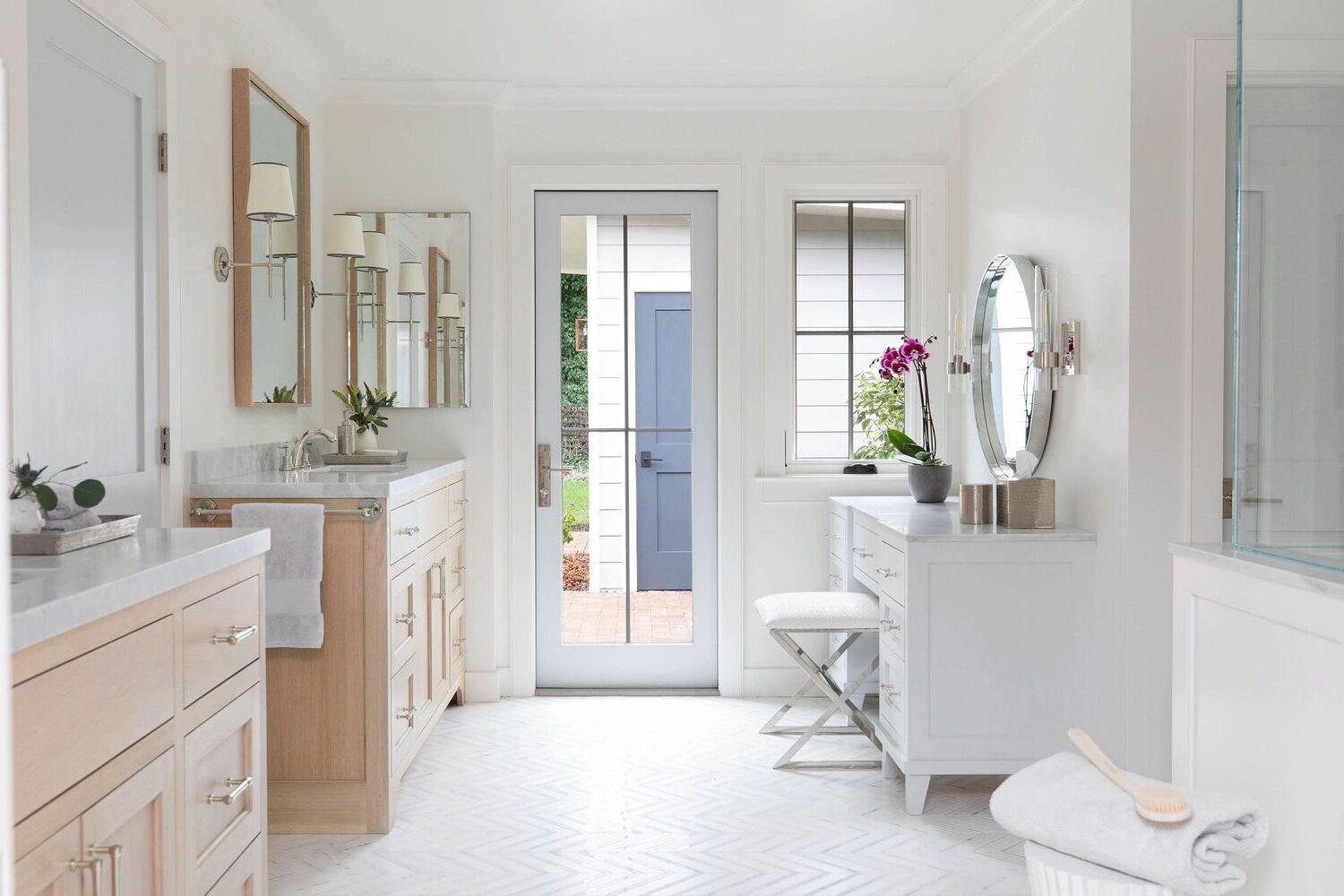
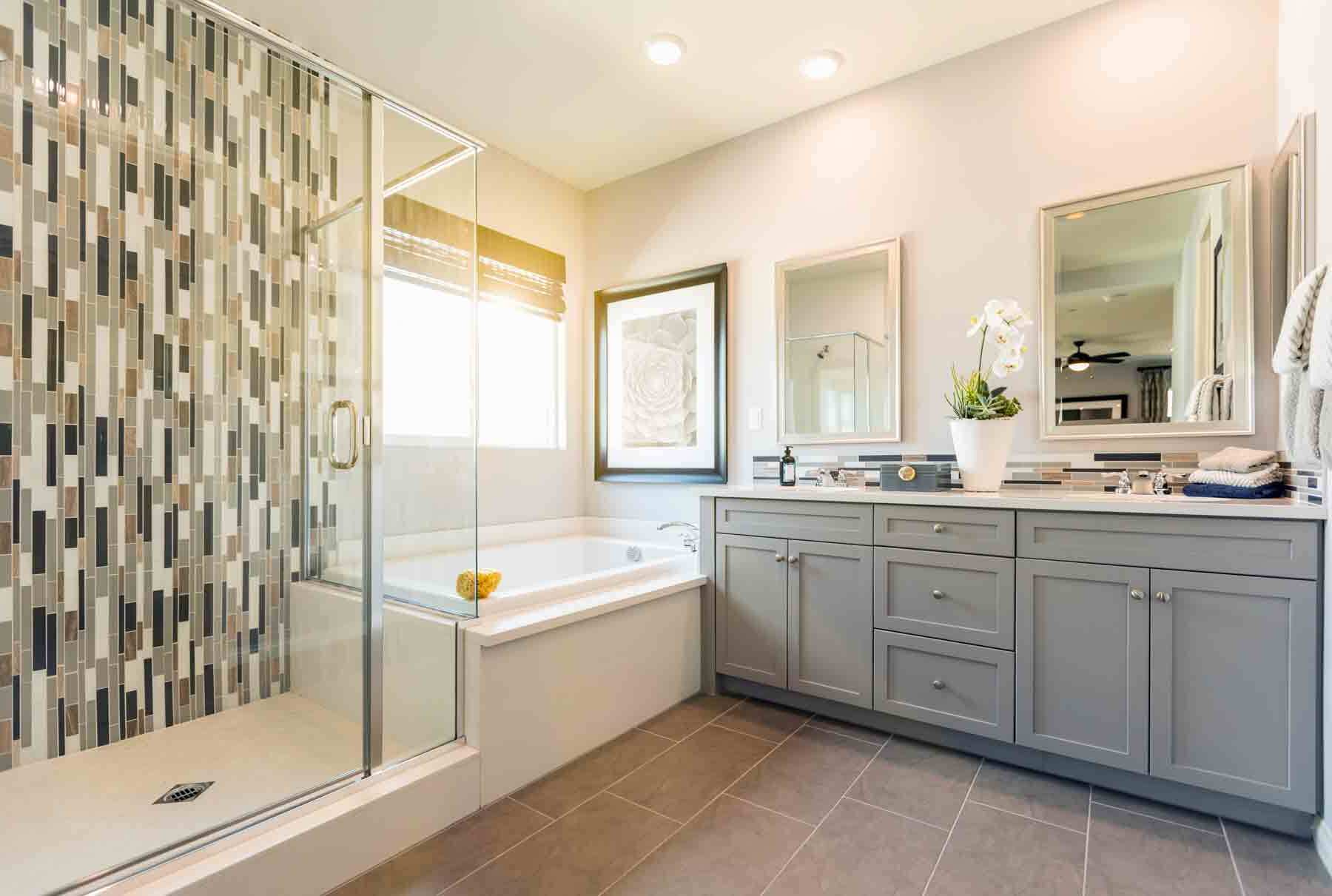
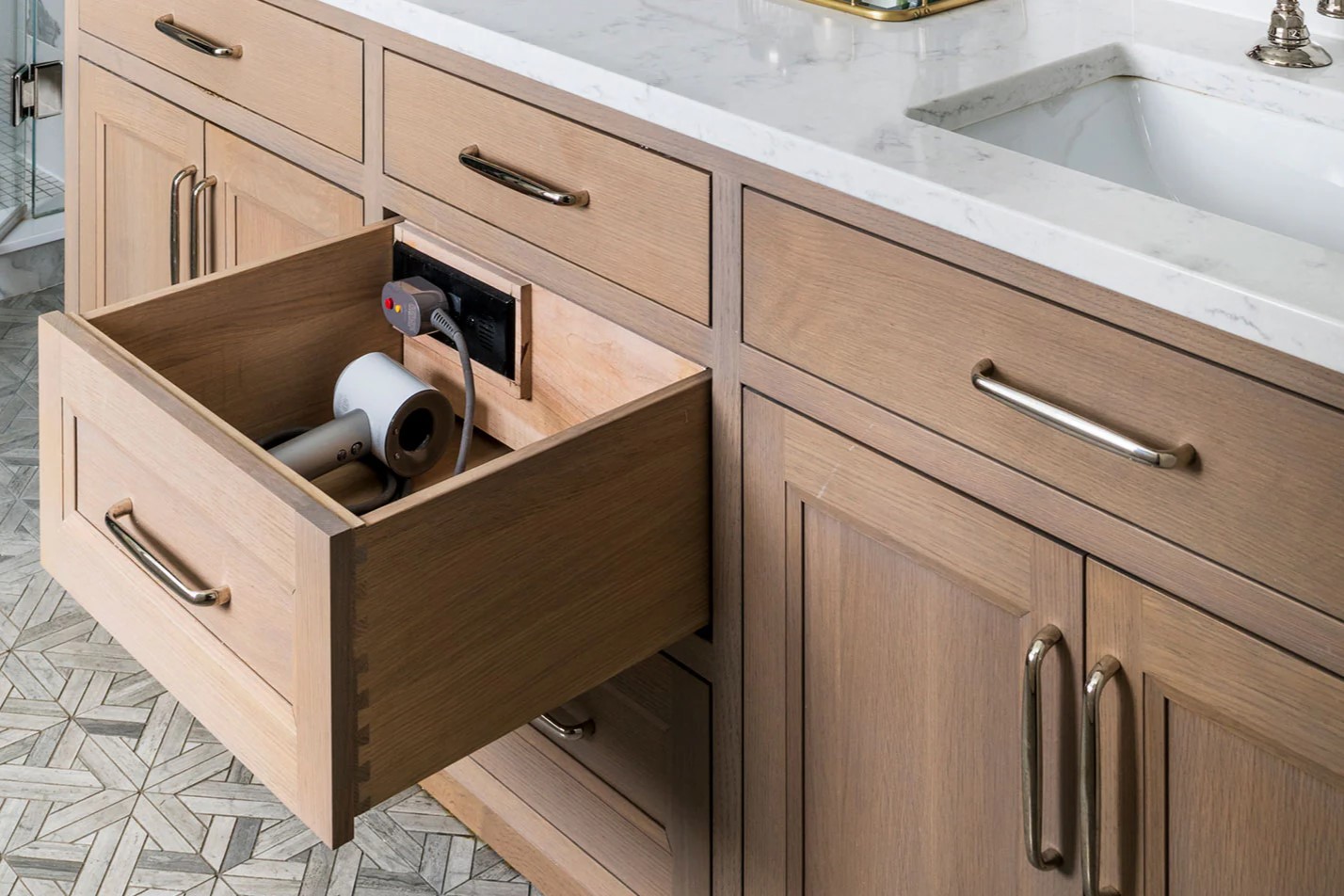
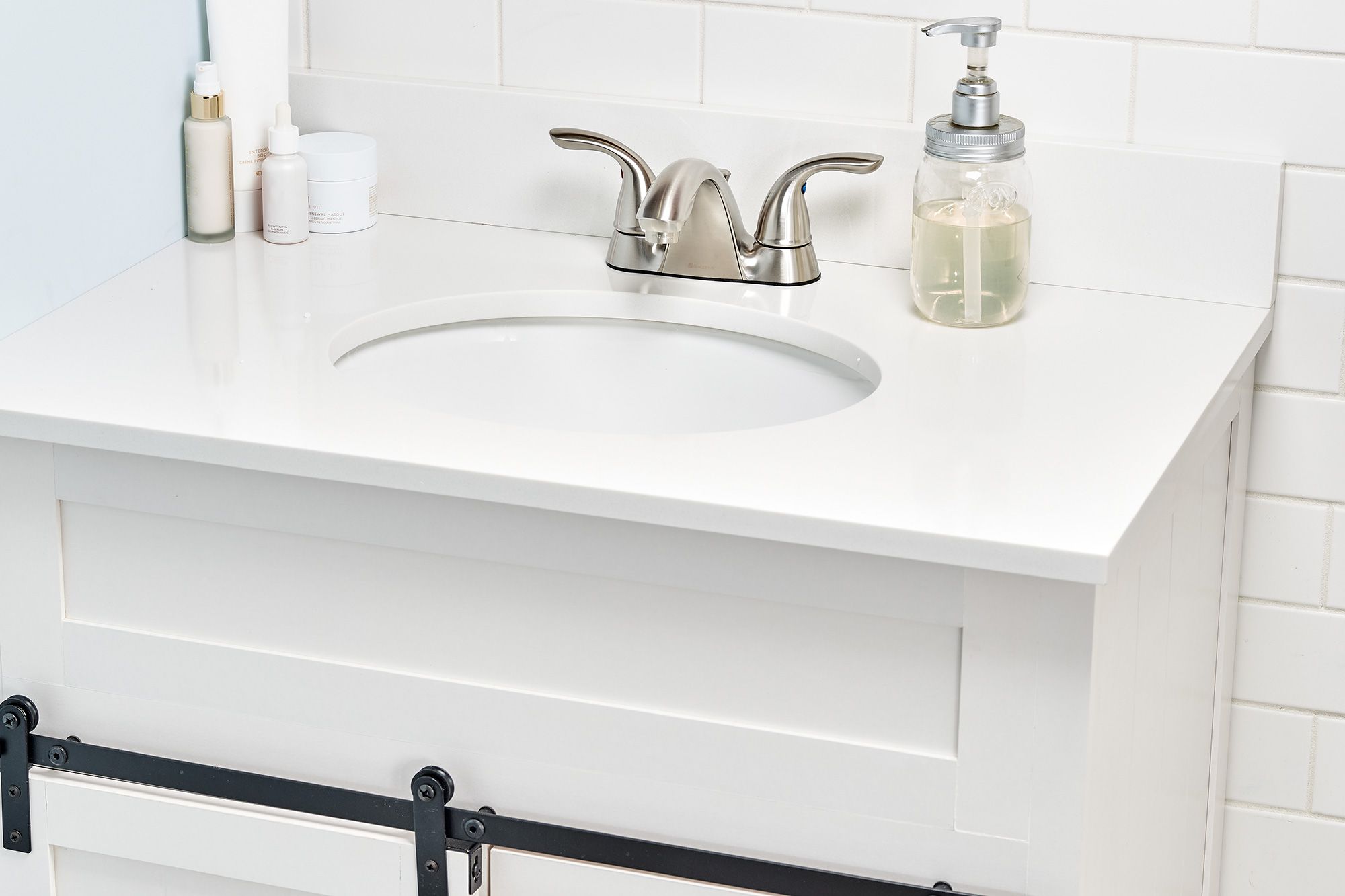
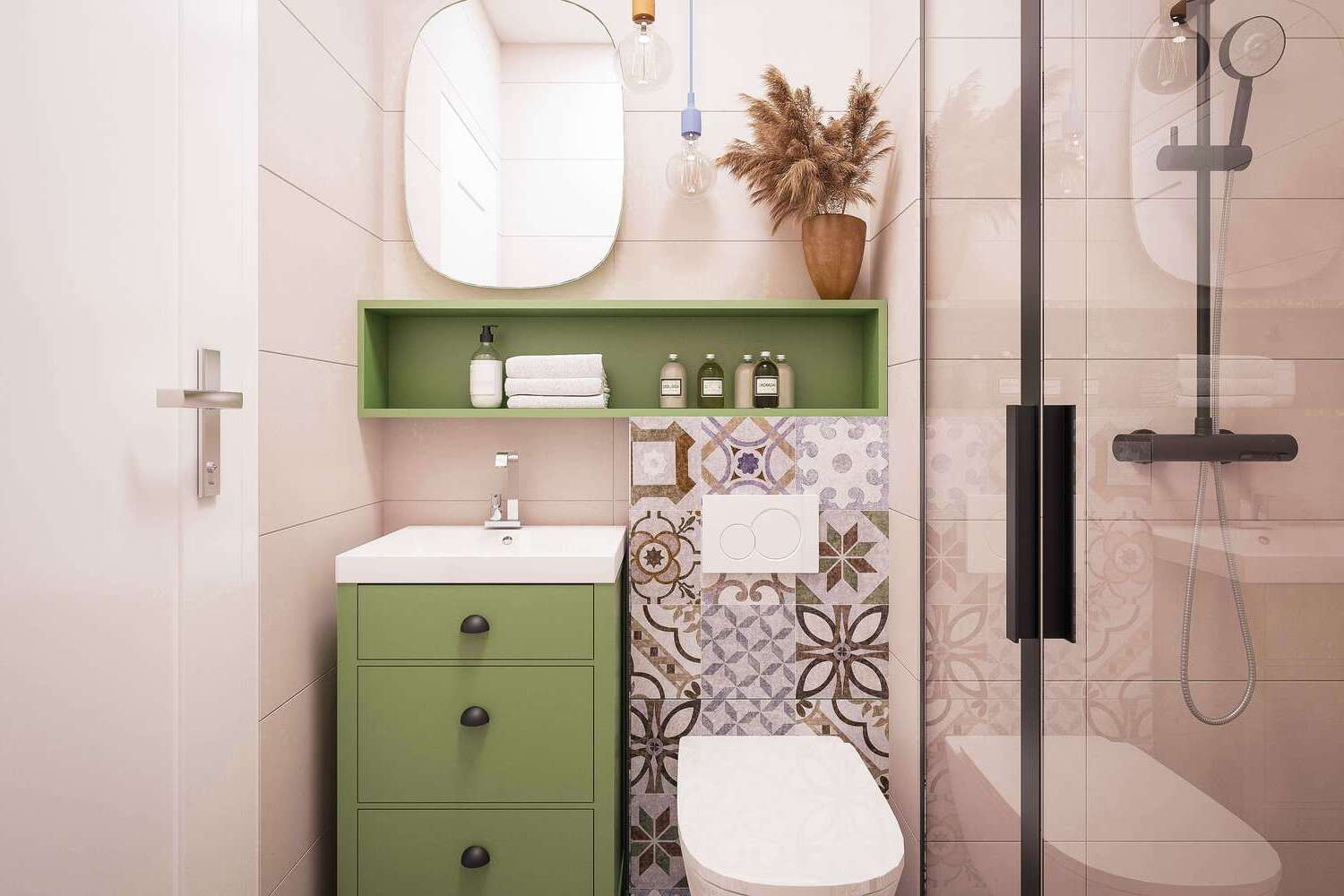
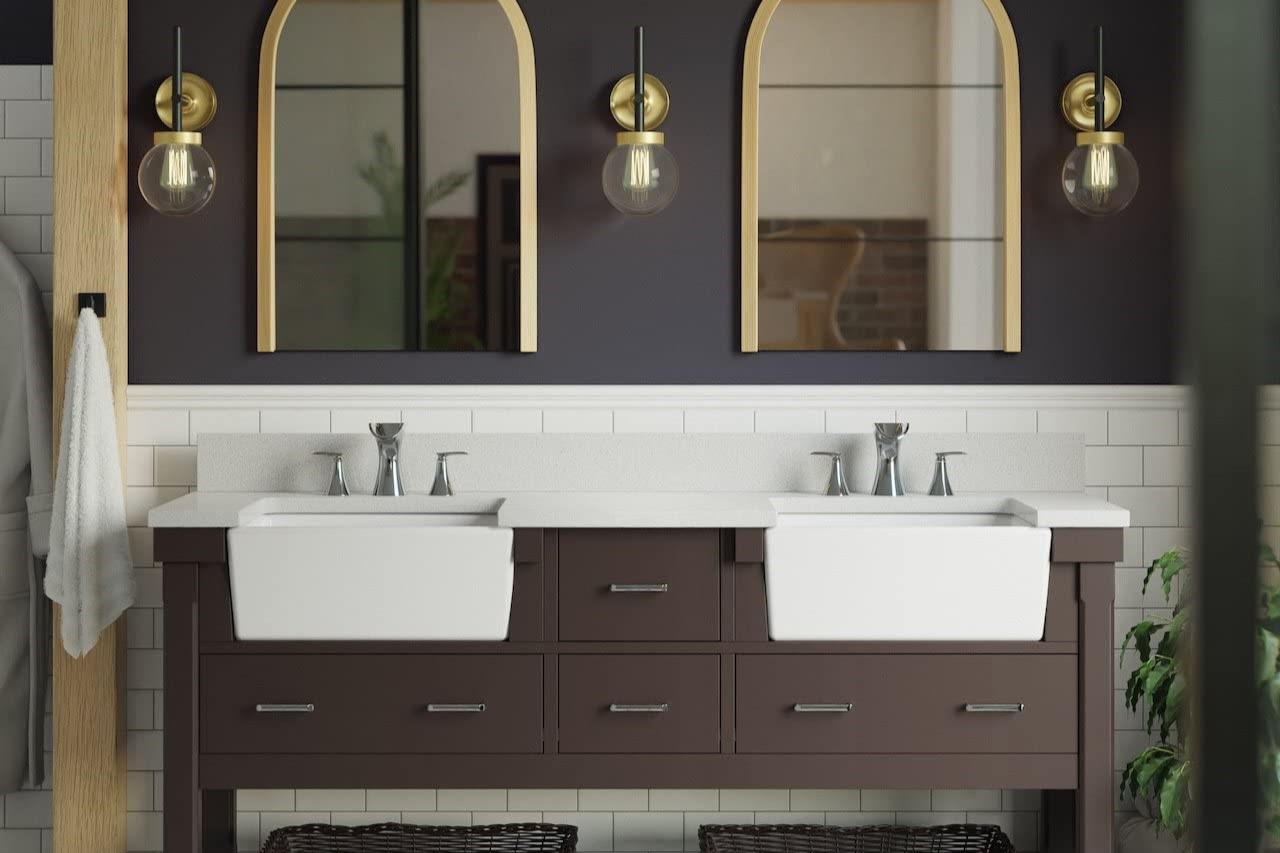
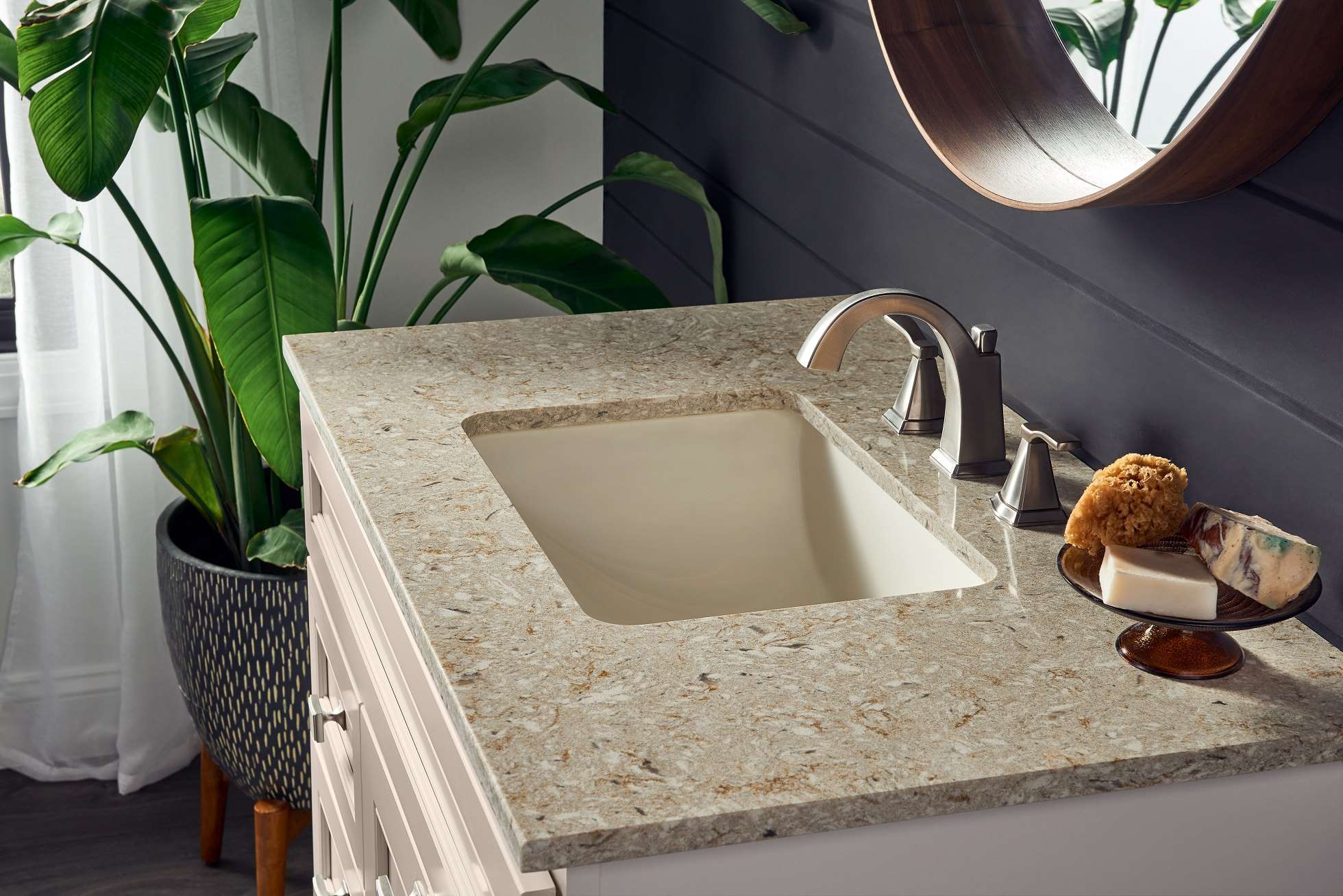
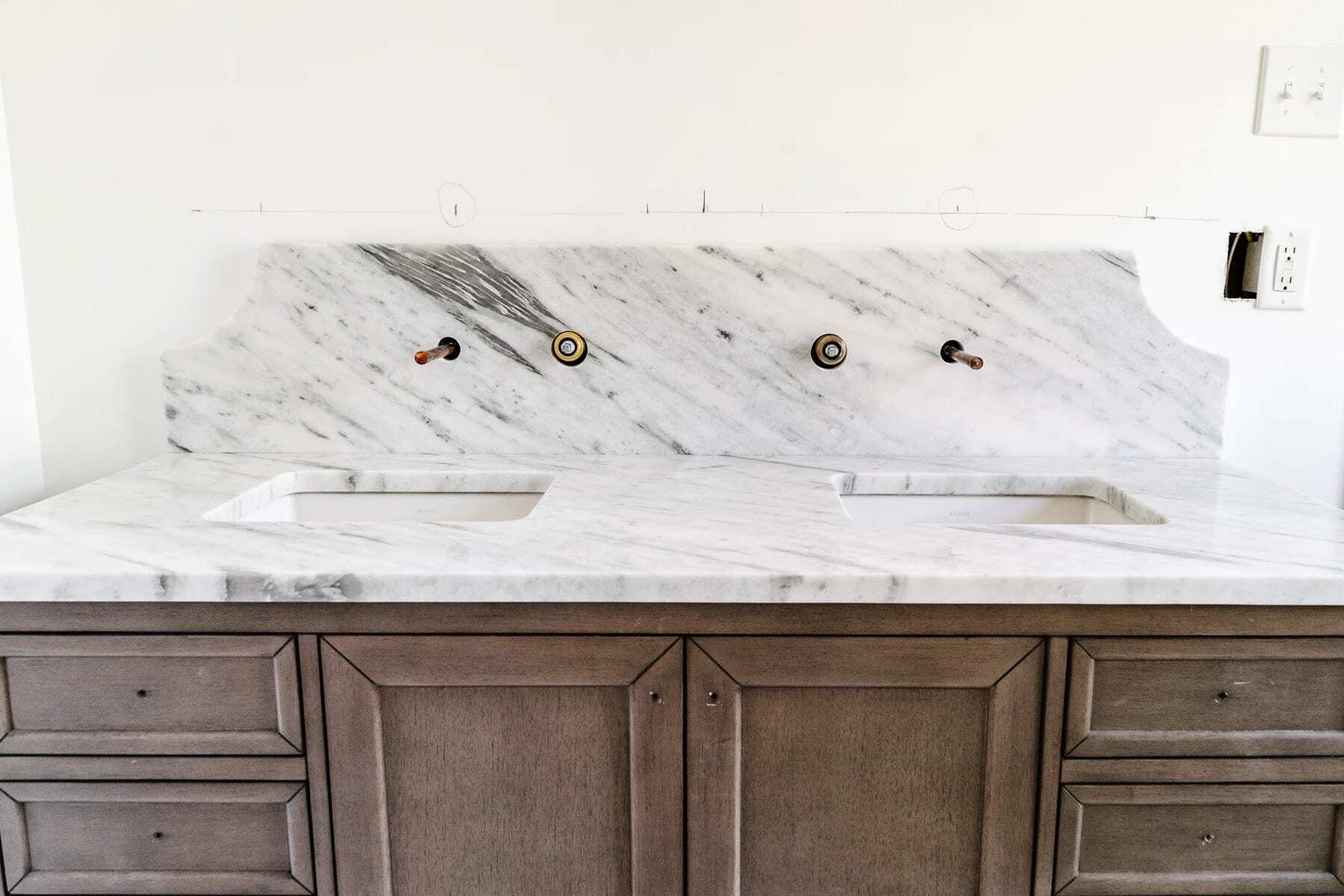
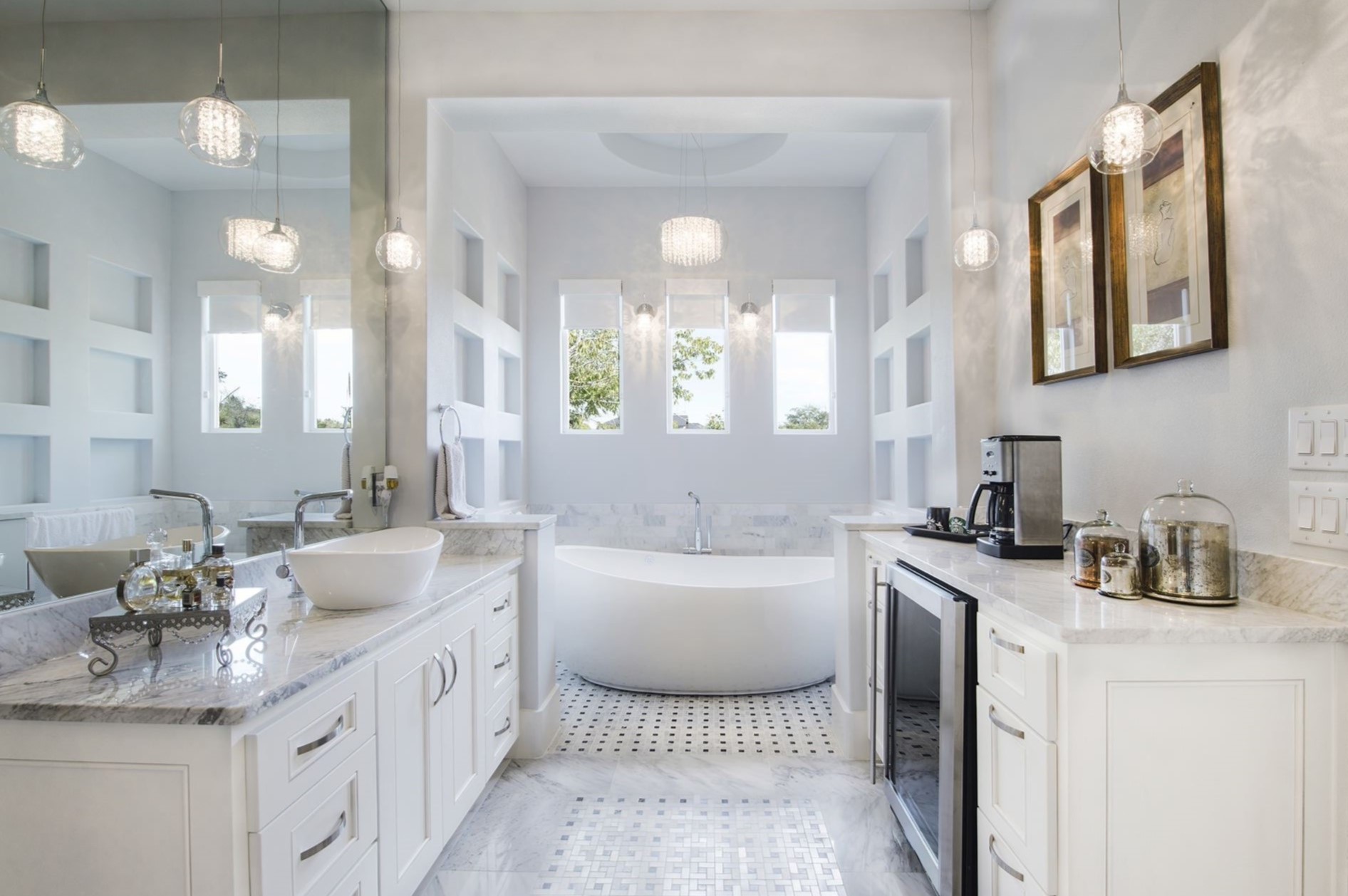
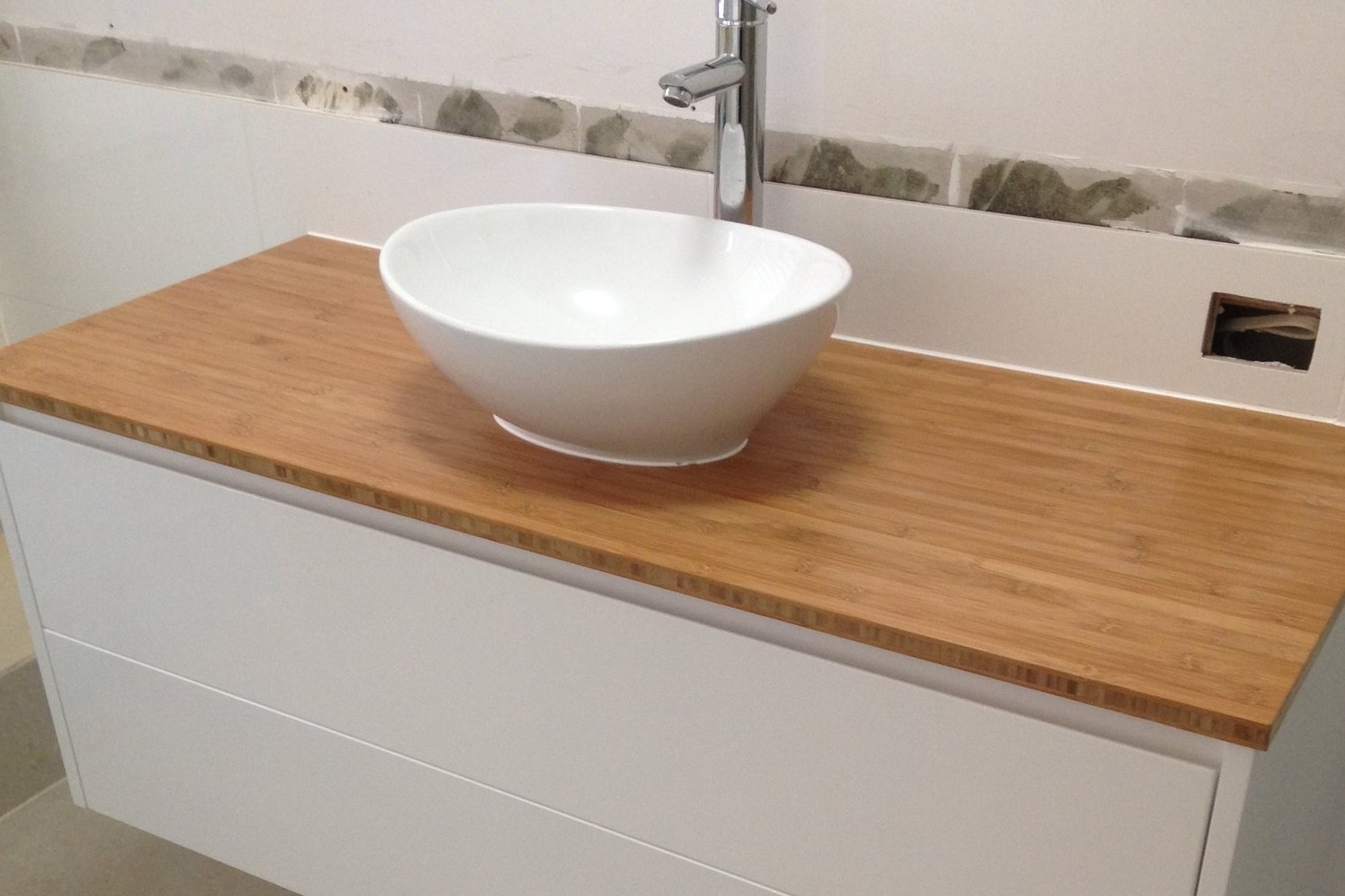
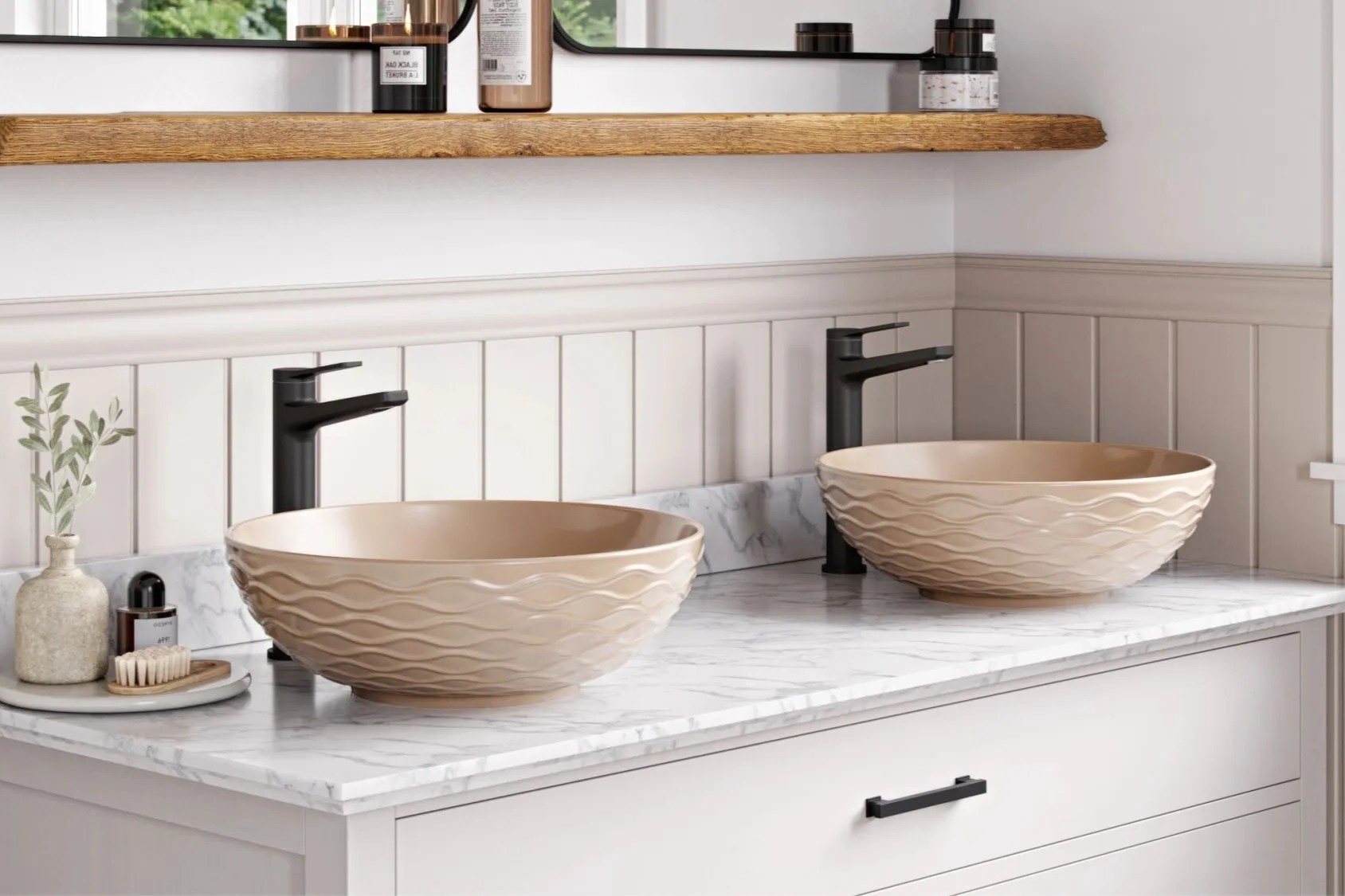
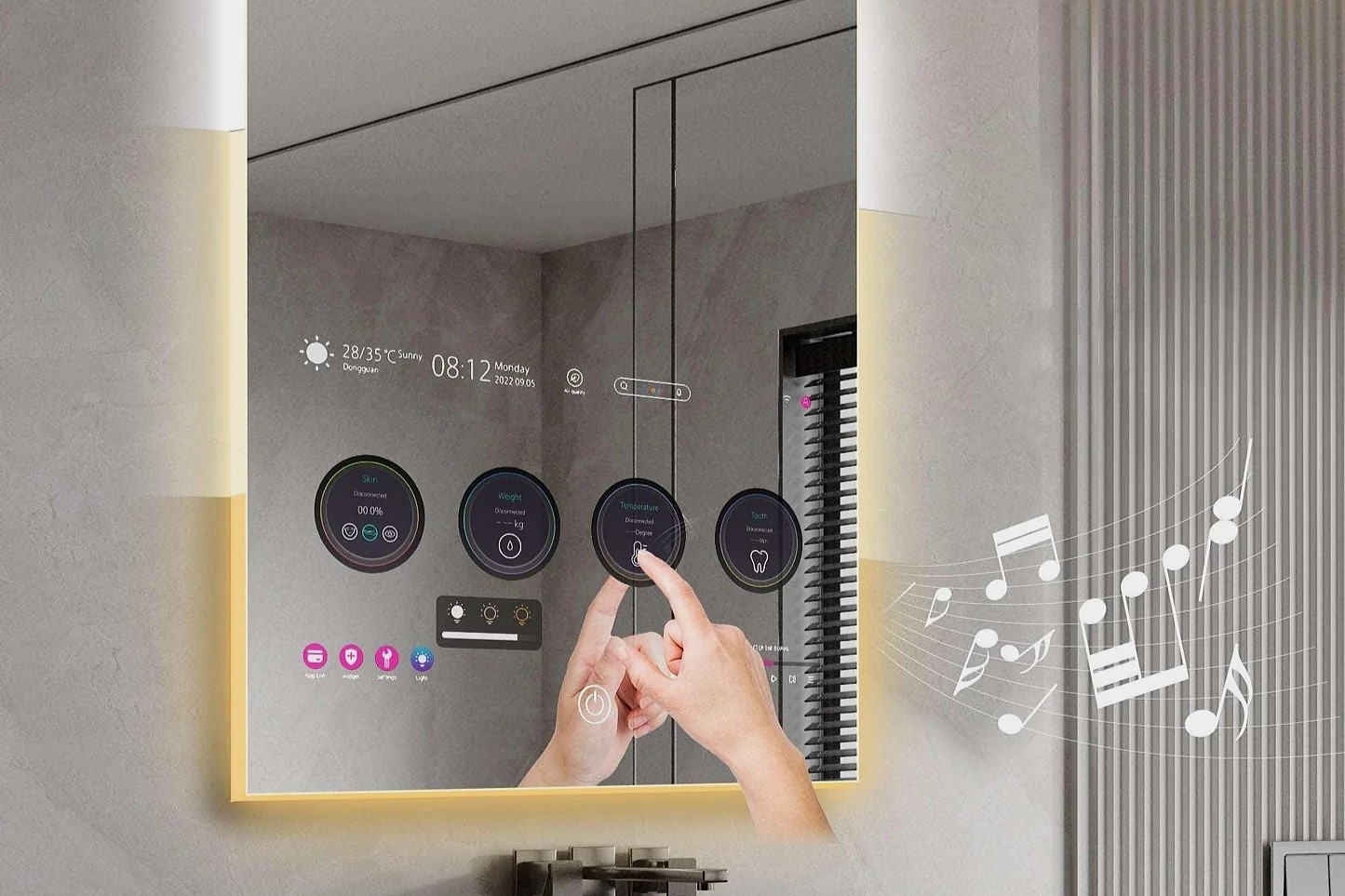
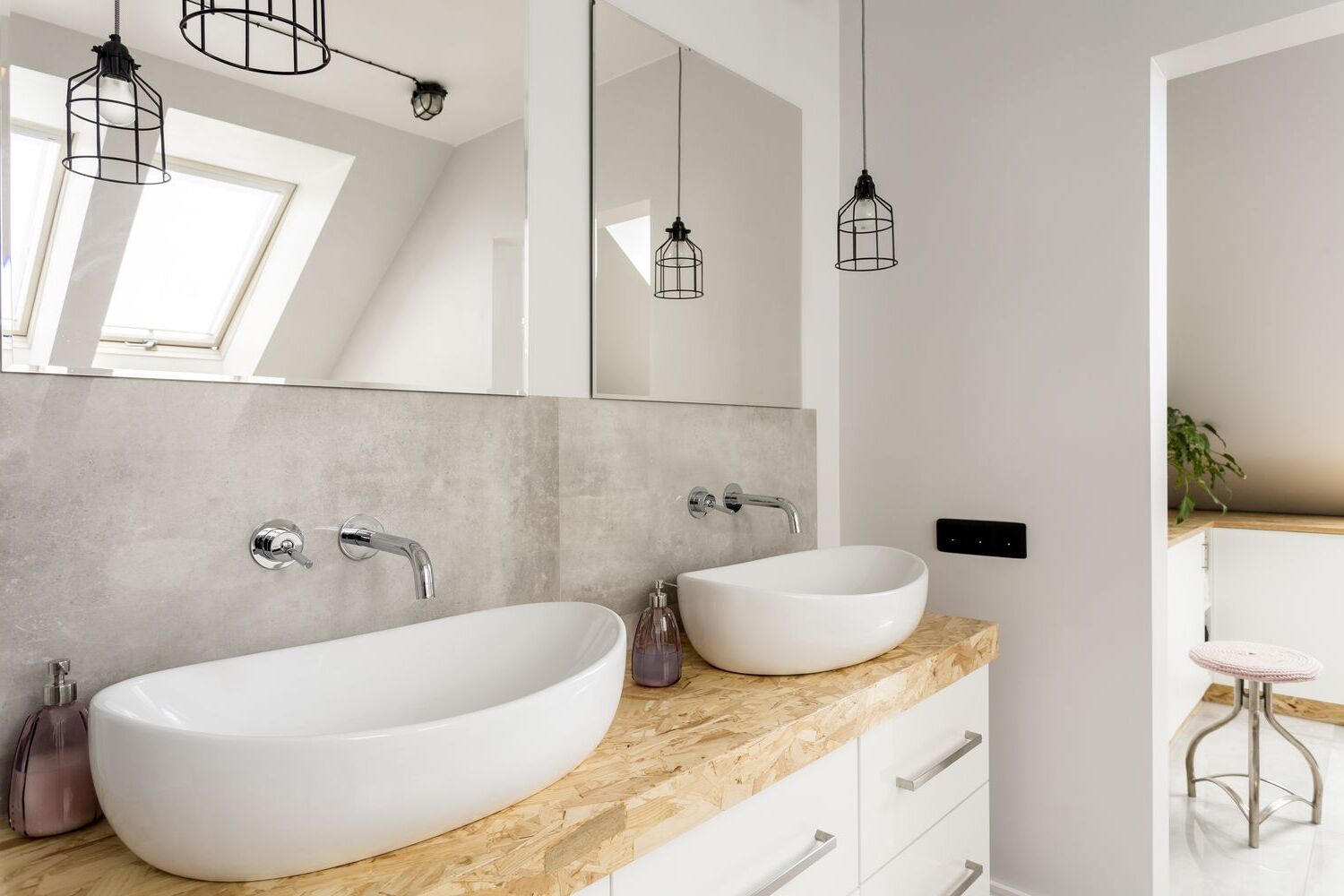

0 thoughts on “How To Choose A Bathroom Vanity”